“Comfort comes second to safety,” he added. “And IAQ is part of that safety.”
Furthermore, Jeremy Begley says he doesn’t believe that IAQ is only a technical concern — it’s a business differentiator.
“When you’re doing HVAC right, IAQ becomes a natural part of the conversation. It’s not an upsell — it’s a necessity,” he explains.
The Human Side of Air Quality
IAQ isn’t just about airflow — it’s about people. Wright works closely with clients in the mold community, many of whom are immuno-compromised.”
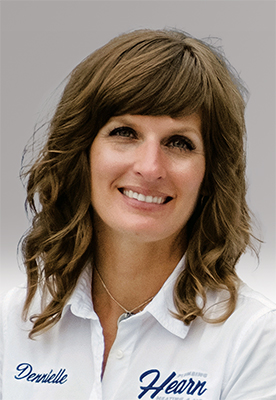
Begley adds, “HEPA filtration, clean air — it’s the lungs of the home. If we don’t take care of that, people can’t heal.”
He’s outfitted his teams with carbon monoxide (CO) monitors and deploys air scrubbers during installations.
“Masks and suits are hard to wear in hot attics, but scrubbers make a difference. They also protect the home. Those little things have made a big difference, and people talk about it,” he continues.
He also says he sees IAQ as a bridge between HVAC and health. “We’re not just technicians — we’re stewards of indoor environments. That means understanding how airflow, filtration, and humidity affect the people living in those homes.”
Alana Ward and Dennielle Hearn shared stories of clients who suffered for years with respiratory issues, only to find relief after a proper HVAC system overhaul.
For example, Ward explains that her company had a customer who’d been on oxygen for years.
“After we fixed the ductwork and added proper filtration, she called us crying. She said she could finally breathe again.”
Training, Trust, and Transparency
Training was a recurring theme in every conversation. Whitehead’s team has adopted NCI certifications, encompassing combustion analysis and duct system upgrades. “I have two more technicians going to combustion training next month in Minnesota,” he said, visibly emotional. “Just thinking about all the lives that are in their hands this season and every season — it brings tears to my eyes.”
Begley emphasized the importance of collaboration. “Industry collaboration is what grows the industry. Even leaders with proprietary things to sell are opening up at least part of that to everyone, and that’s important.”
Ward and Hearn take a more cautious approach to IAQ product adoption, driven by transparency.
Alana Ward says, “Our territory manager used to bring us products and say, ‘You need to put this in every house.’ I told him, ‘Don’t bring this to me unless we’ve solved the airflow problem first.’”
Wright’s team has built trust by showing clients the data. “We use manometers, flow hoods, and CO monitors — not just to diagnose but to educate. When customers see the numbers, they understand the value.”
Click Below for the Next Page:


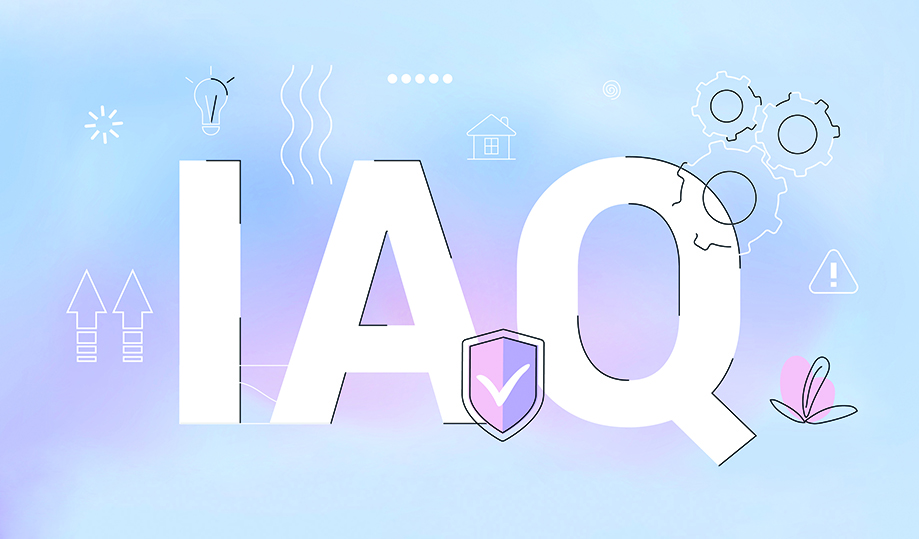

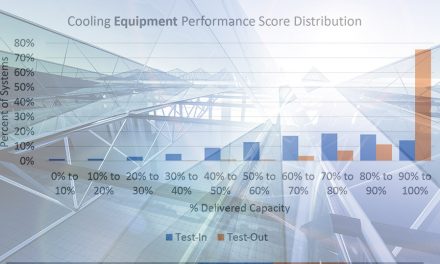

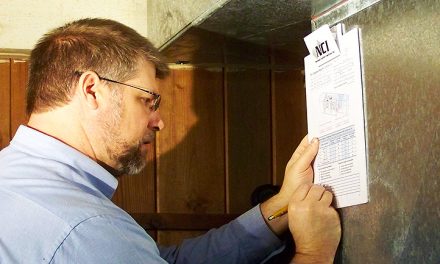





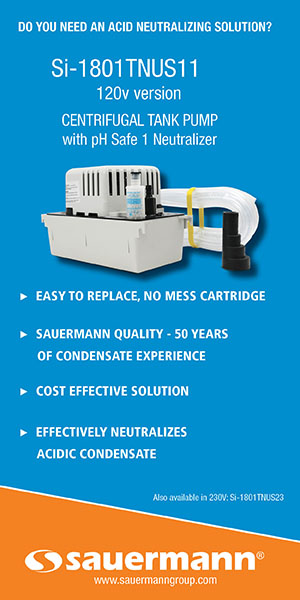
Recent Comments